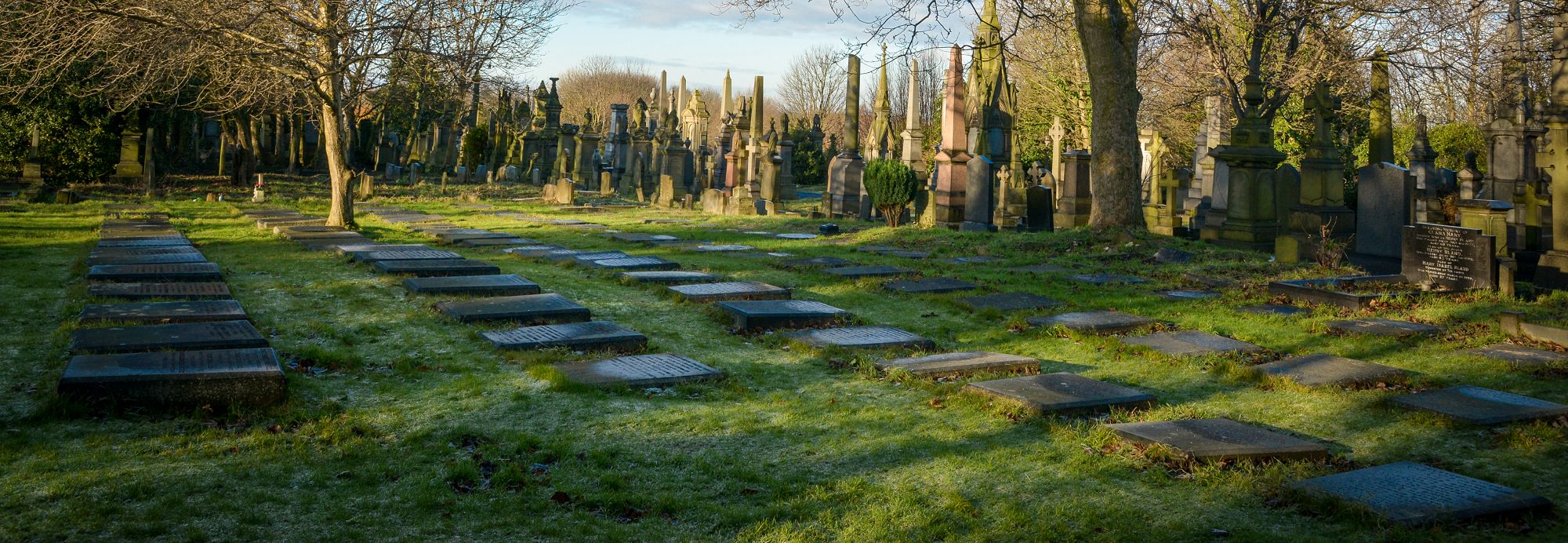Joseph Smith
Joseph Smith was born in the year 1800, in Scholes, Cleckheaton son of Joseph Smith, Maltster who was of Quaker descent. Joseph senior inherited land and perhaps this lead to his son’s interest.
In 1821 Joseph began operating as a surveyor and left Scholes for Bradford in 1827 where he attained a leading position as surveyor and land agent. His clients included the most important residents of Bradford of the time: John Hustler, Richard Fawcett and the Rev. Godfrey Wright. He became the land agent for the Fitzgerald estates at Boldshay. He designed the Bradford and Eccleshill turnpike, which opened in 1826, the Leeds and Halifax Road, as well as taking an interest in the surveying of the projected railway to Leeds in 1835.
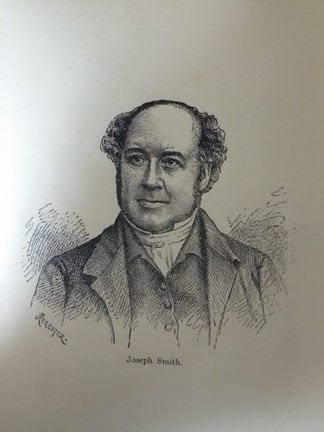
He was elected as a commissioner under the Lighting and Watching Act in 1827 and was one of the most active members of that body. He was zealous in obtaining the Charter of Incorporation and upon incorporation he was made an Alderman which continued until 1853.
His residence was in Little Horton Lane and it is here where he died on 22 April 1858. His wife, Elizabeth had died some years before. They had two children, Jane who in 1858 married Benjamin Farrer who was a land owner and George Belk Smith who like his father was a land agent. When George joined his father in business, they operated under the name Joseph Smith and Son and worked from premises in Leeds Road. After his father’s death, George continued the business.
George acting for Sir Titus Salt bought most of the land on which Saltaire village now stands. He also acted as agent for the Fosters of Queensbury, the Fitzgeralds of Horton and Boldshay, the Leathams of Wakefield, Sir Francis Sharpe Powell and others and was frequently employed in arbitration cases. With their huge wealth the Fosters were buying estates including a 2,000 acre estate at Moor Park in Shropshire which George purchased by private treaty on behalf of Major Jonas Foster of Cliffe Hall, Lightcliffe. This was the fourth estate that the Fosters had acquired over a relatively short period, the others were Hornby Castle estate near Lancaster (John Foster £250,000), Egton Estate near Whitby (John Foster £170,000), and the Canwell Estate in the Midlands (Abraham £200,000). Of course, they were also owners of a large area of land in and around Queensbury.
When Titus Salt Jnr went to America in 1883 he took George Belk Smith with him, along with Charles Stead (partner in Titus Salts company), a Mr Mawsons together with an iron and coal engineer from Middleborough. They were looking at an estate which was ‘ram full of coal and minerals’
George Belk Smith had a large family of seven children including youngest son Frederick Joseph Smith, known as Fred J Smith. Frederick saw opportunities in America and he went off to California in 1881 at the age of twenty. He rode across southern California by horse to settle in Pomona (named after the Roman goddess of fruit). George had ensured that Frederick had a good education by sending him to a private school and later to an international school in London where he graduated. Frederick is regarded as one of Americas pioneers, initially growing fruit including peaches, apricots, olives, oranges and pears. Further, he planted seventy acres of grapes. He progressed in the local community and became president of the San Antonio Fruit exchange, the Canyon Water Company and the Chamber of Commerce. He also got involved in buying and selling property for himself and acted as an agent for Northern Counties Investment Trust who offered loans to buy and improve property.
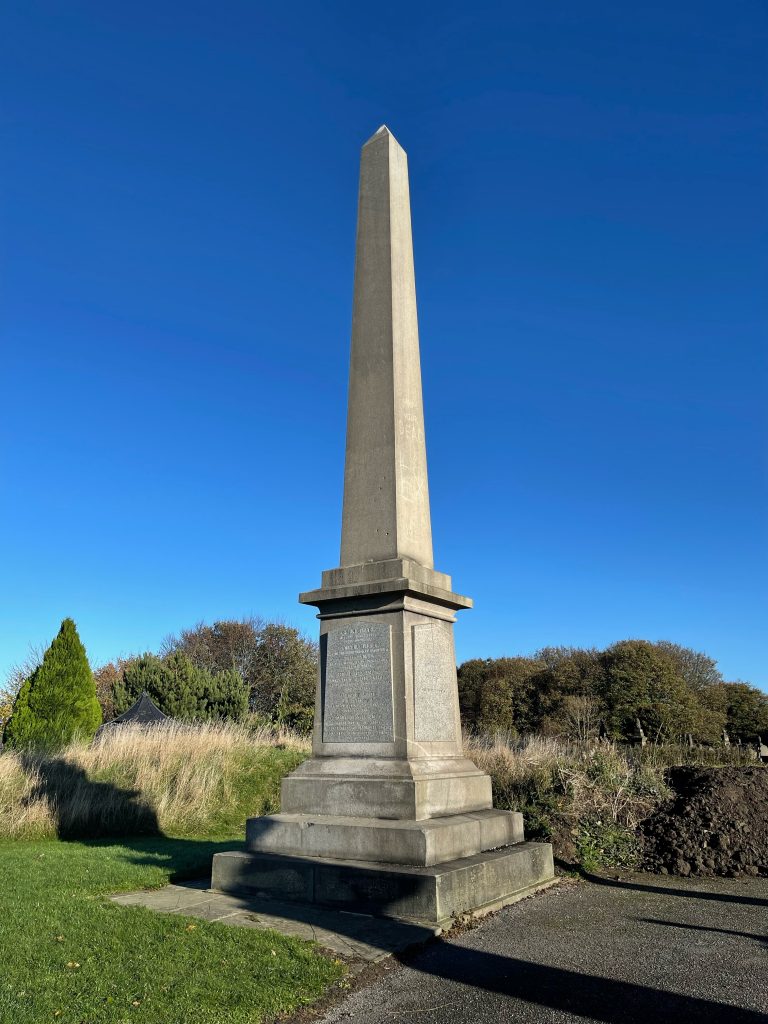
Joseph Smith’s monument, which is grade two listed, is a huge 33ft obelisk, it stands at the end of the promenade and is testament to the important role he played in establishing Undercliffe Cemetery. The monument itself was designed by William Gay.
You can find Joseph Smith’s monument using the what3words App and website. Follow this link and select satellite view. Click Here. If you are using the App on your phone type in gallons.name.civic in the search box.
Research by Deborah Stirling and Steve Lightfoot
References:
G B Smith obituary – Leeds Mercury 16th Aug 1902, Leeds Times 14th June 1873, History of Pomona.
—————————————————————-
Gertrude Elizabeth Smith (1864-1892)
Beneath the most imposing monument in the Cemetery lies buried a young woman whose tragic story is worth remembering, Gertrude Elizabeth Smith.
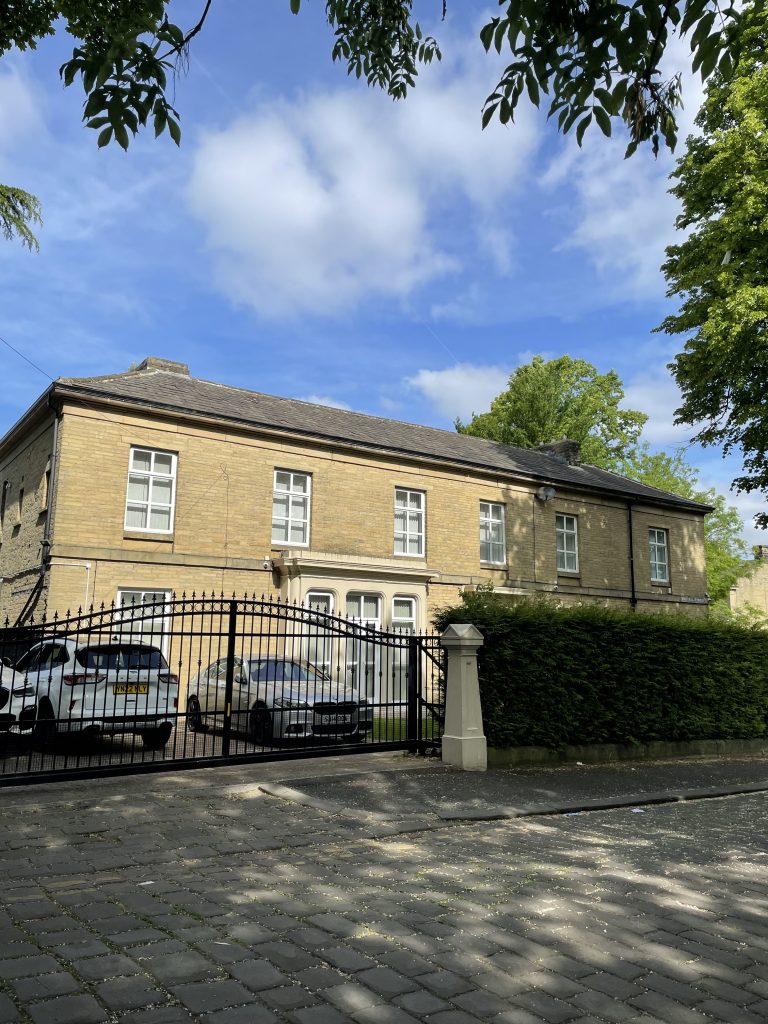
She was the grand-daughter of Joseph Smith, the land agent for the Undercliffe Cemetery Company. Her father was George Smith, also a land agent and surveyor. She was born on the 1 December 1864 and baptised at All Saints Church, Little Horton. The family home was in Melbourne Place, a little further down Little Horton Lane, towards the town centre. Her brother, Harry, also followed the family profession and in the 1881 census he too is a land agent and surveyor. Gertrude was obviously an intelligent girl. She was privately educated, as was common for the children of middle-class families, including at a school called Les Ruches, at Fontainebleau, to the south of Paris. She then went on in 1889 to study History at Newnham College, Cambridge, one of the two women’s colleges that had recently been founded there. She was said to be particularly interested in constitutional history. She took the History Tripos in May, 1891, although women were still not permitted to take the degree. Indeed, they were not to be so allowed until 1948.
Sometime either during or after her time at Cambridge, she began to suffer physically and saw a specialist for back pain. She also began to experience headaches and sleeplessness, probably connected to the depression which also afflicted her from this time. This would seem to have been linked to the thwarting of her ambition to teach and pass on to others some of the knowledge she had gained. At the census of 1891, she is at Bournemouth with her mother and father in a boarding house, almost certainly there for her health.
By the New Year, 1892, she is living in the new family home of Rose Lea on Beech Grove, Harrogate, one of several mansions overlooking the town’s beautiful Stray, or common, of 200 acres. Harrogate had become a popular town for Bradford men, either to commute to work in the city or to retire, as George Smith had done, although his daughter’s health may also have been a consideration.
On the Sunday at the close of that month, she told her brother she was going out for a walk. This was in woods not far from their home, above the town’s Valley Gardens, and where she often walked. They were said to remind her of the woods at Fontainebleau, where she had walked with her sister. She did not return and was reported missing by her brother. A ladies’ hat was found in one of the sluices of a corporation reservoir, which was just adjacent to the woods and later that evening her body was recovered from the water. Her watch had stopped at 11.45. It was reported that she would have had to climb a wall to get to the reservoir.
An inquest was duly held into her death, at the Victoria Hotel, close to the family home on Cold Bath Road, which the local paper reported as ‘Distressing Suicide of a Harrogate Lady’. Giving evidence, her doctor confirmed that she had been suffering both physical and mental ailments and that she had consulted him as to whether she could stand up to a course of study necessary to her plans to teach. He had advised against study but that she might rather go to her planned destination of Germany just for some tuition in conversation. He later changed his mind and recommended instead no study, spa treatment and a healthy diet. He could find no trace of mental affliction. Nor should she, on her mother’s insistence, take up an offer from a friend who had a ladies’ school at Wimbledon. Neither the doctor nor the family had seen any hint that she might take her own life. There had been no love affairs, religious mania or intemperance.
The coroner voiced an opinion common in medical circles and used against the desire of young women to gain an education, that the strain of study was too much for them. She had drowned herself in ‘a fit of temporary insanity’. The jury made a vote of sympathy to her family and donated their fees to the Harrogate Cottage Hospital.
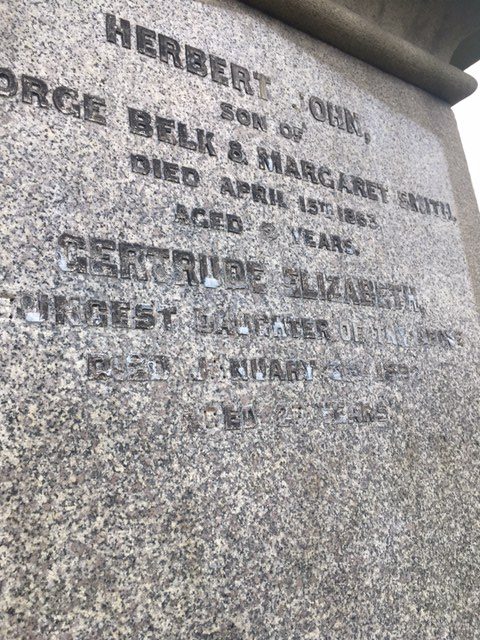
She was brought back to Bradford to be buried in the family grave, along with her father, grandfather and brother and other family members. Her inscription reads:
Gertrude Elizabeth
youngest daughter of the above [George Belk Smith]
died January 31st 1892
aged 27 years
The reservoir has since been covered over, but the woods through which she walked remain and are still beautiful.
Acknowledgements: Harrogate Advertiser, 6 February 1892; National Census, 1881 and 1891; Newnham College, Cambridge; Felicity Jennings, photography.
We thank Dr Paul Jennings for kindly contributing the article on Gertrude E Smith.
Paul attended Bradford Grammar School, the University of Cambridge, and Bradford University where he was awarded a doctorate. Before retirement he was a tutor for both the University of Bradford and the Open University. He is an authority on the English public house, and has written extensively on the subject.
His books include:
The Public House in Bradford, 1770-1970. (1995)
Images of England: Bradford Pubs. (2004)
The Local: A History of the English Pub. (2007)
A History of Drink and the English, 1500-2000. (2016)
Working-Class Lives in Edwardian Harrogate. (2021)

